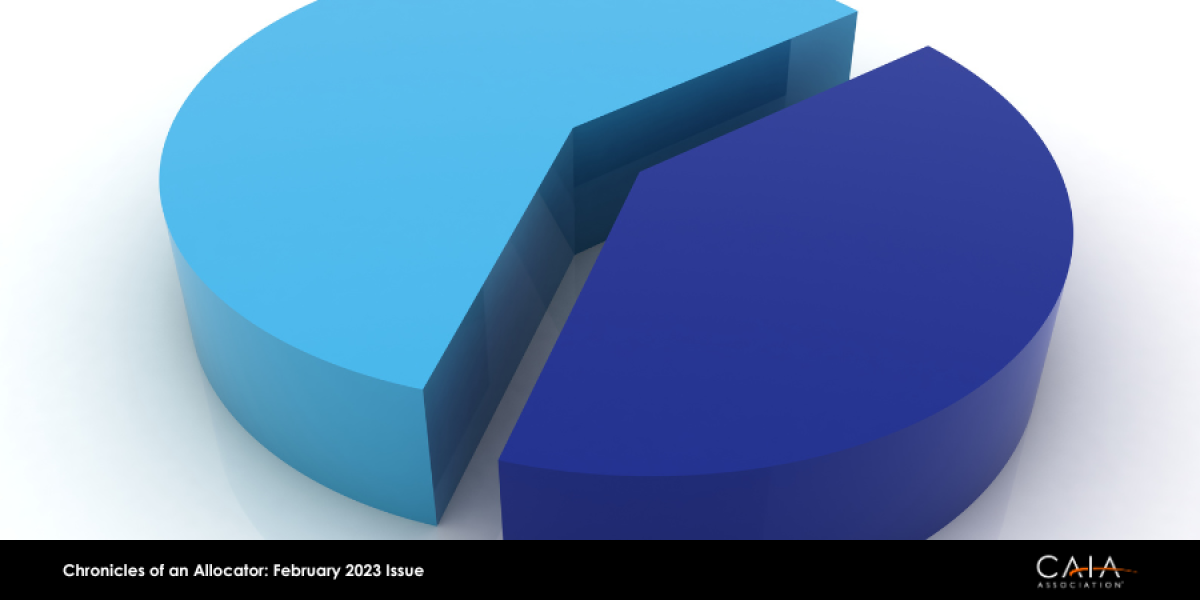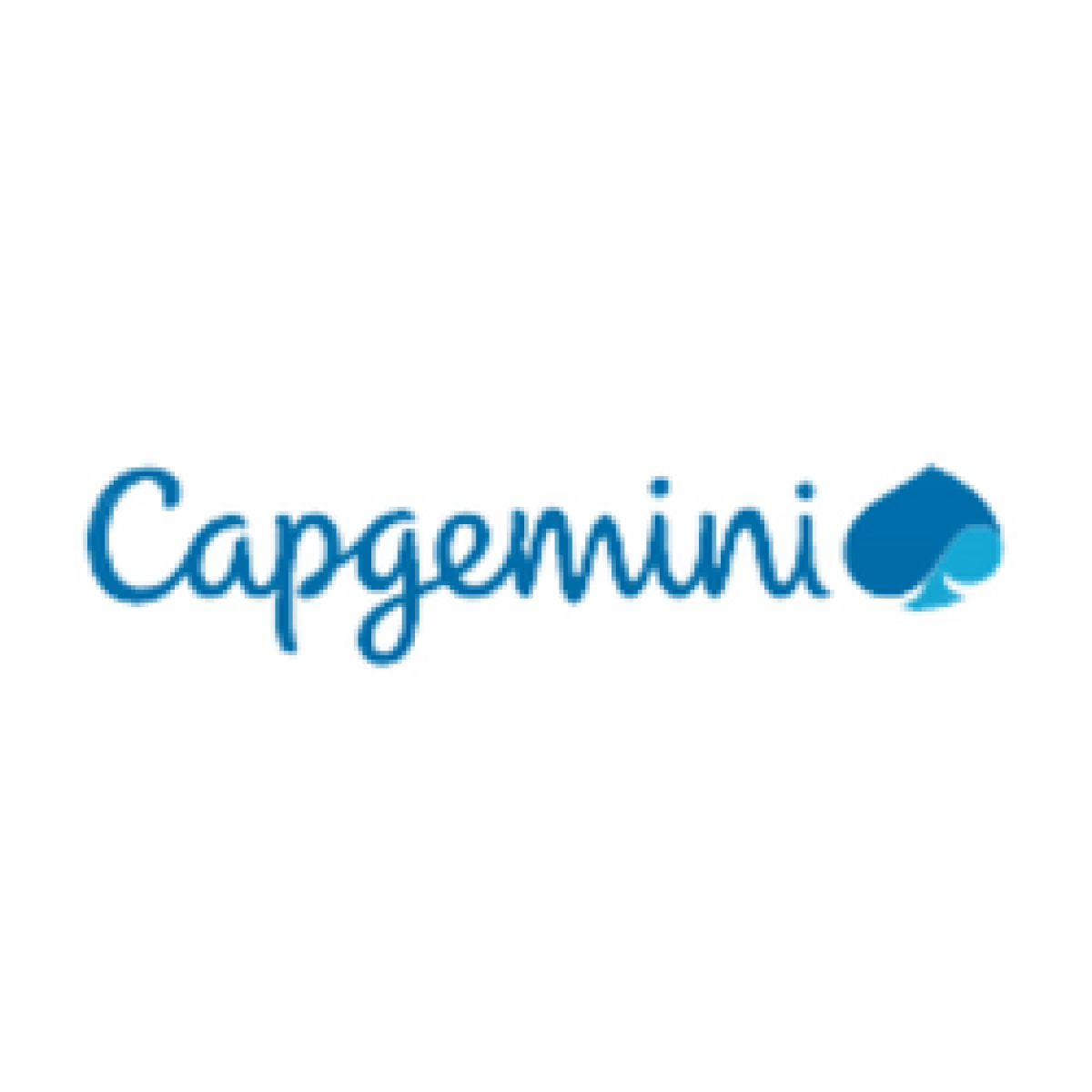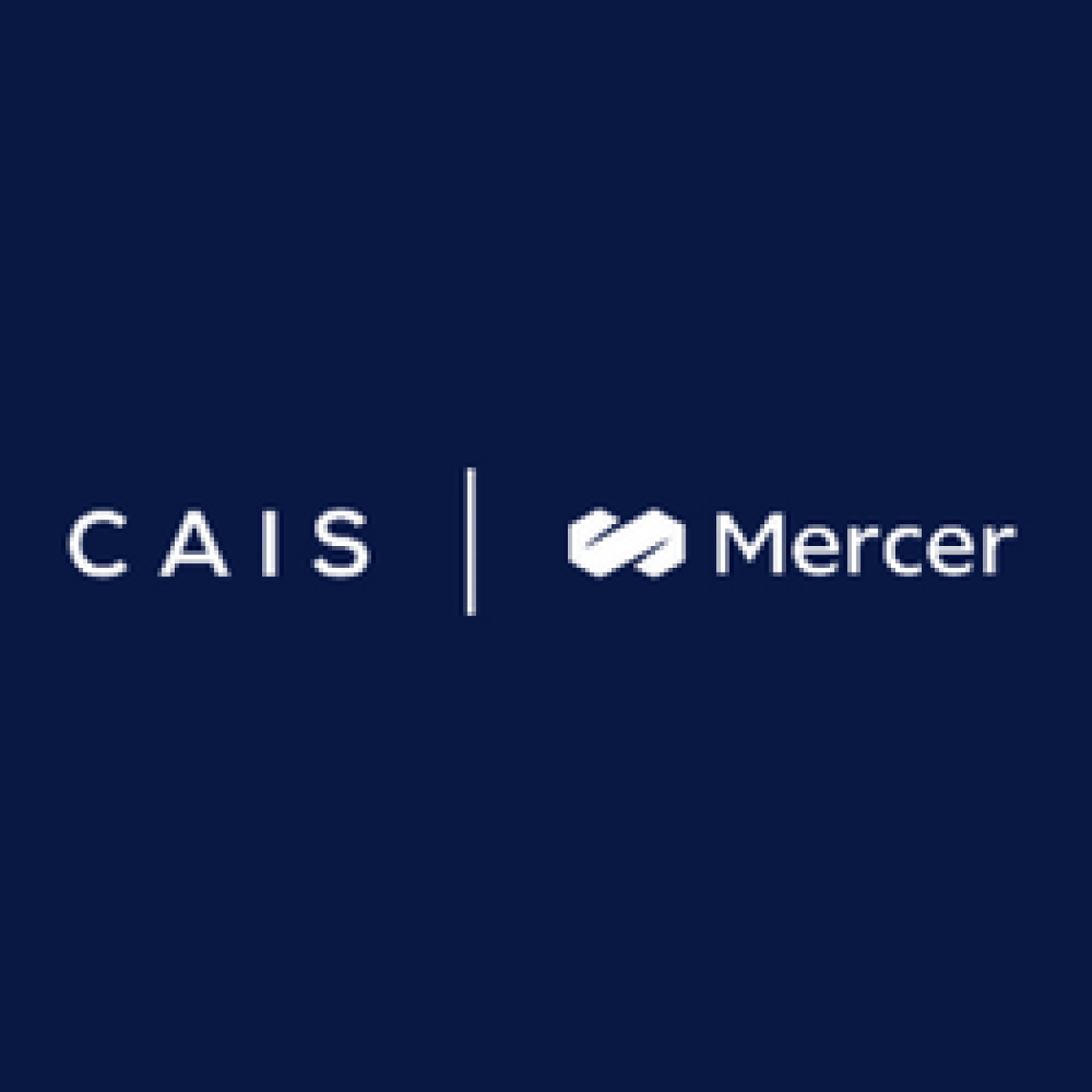A brand-new report from Capgemini outlines some of the key trends in private wealth management. Among topics like ESG, digital assets, and consolidation, a key statistic mentioned was the projection that 46% of high-net-worth individuals will invest in private markets, up from 29% in 2022. Much of this will be driven by a desire to boost longer-term returns and offset short-term mark-to-market volatility.
Authored by Aaron Filbeck, CAIA, CFA, CFP®, CIPM, FDP
At this point, the “demise of the 60/40” and “return of the 60/40” headlines are boring, not to mention that it’s an ineffective debate for our clients. When we manage money on behalf of clients, allocations and investment products are the results of the goals and objectives established by the client, not the driving force. Claiming one allocation strategy is better or worse than another fails to put the client’s needs at the center.
Last year was a bad year for most frequently marked asset classes after starting a year priced for perfection. Lower returns for longer, they said! Capital market assumptions looked dire for most asset classes, and a traditional 60/40 portfolio was projected to return somewhere between 3-5% depending on the source. Fast forward 12 months later: the math has changed, and we’re experiencing a totally different narrative. Public bond yields have risen off their record lows and look attractive for the first time in a decade, and public equity markets have experienced a harsh valuation reset.
What do you think next year will bring?!
Hindsight will always be 20-20, but foresight is often the “blind leading the blind.” This isn’t meant to be patronizing, it’s just a fact. We diversify in the first place because none of us can accurately predict short-term market gyrations with any degree of consistency. As fiduciaries, our job is to manage risk and build a portfolio with the highest probability of achieving our client’s financial plan while keeping the client on the right path.
As an association focused on educating the world on alternative investments, we’re excited to see a move toward better understanding of these very complex strategies. Unfortunately, the value proposition of adding “other things” to a 60/40 portfolio shouldn’t be that it’s a silver bullet that solves all problems. Democratization provides more choices, but implementation is still not as straightforward and not all strategies are made equal.
With a variety of democratized alternative investment opportunities leveling the playing field, industry learning platforms like UniFi by CAIA™ offer innovative competency skills with upcoming microcredentials such as Private Debt and Digital Assets — making mastering in-demand industry knowledge more accessible than ever before.
Will the 60/40 portfolio outperform other portfolios over the next decade? Maybe, but the decision to make that allocation should only be made after a series of other steps are taken. A fiduciary should ensure they are evaluating all the alternatives in front of them. We should always remind ourselves that products are solutions to a broader conversation — and the best way to diagnose the client's needs is to be fully informed.
This edition of Chronicles of an Allocator focuses on alternative investments adoption in wealth management.







